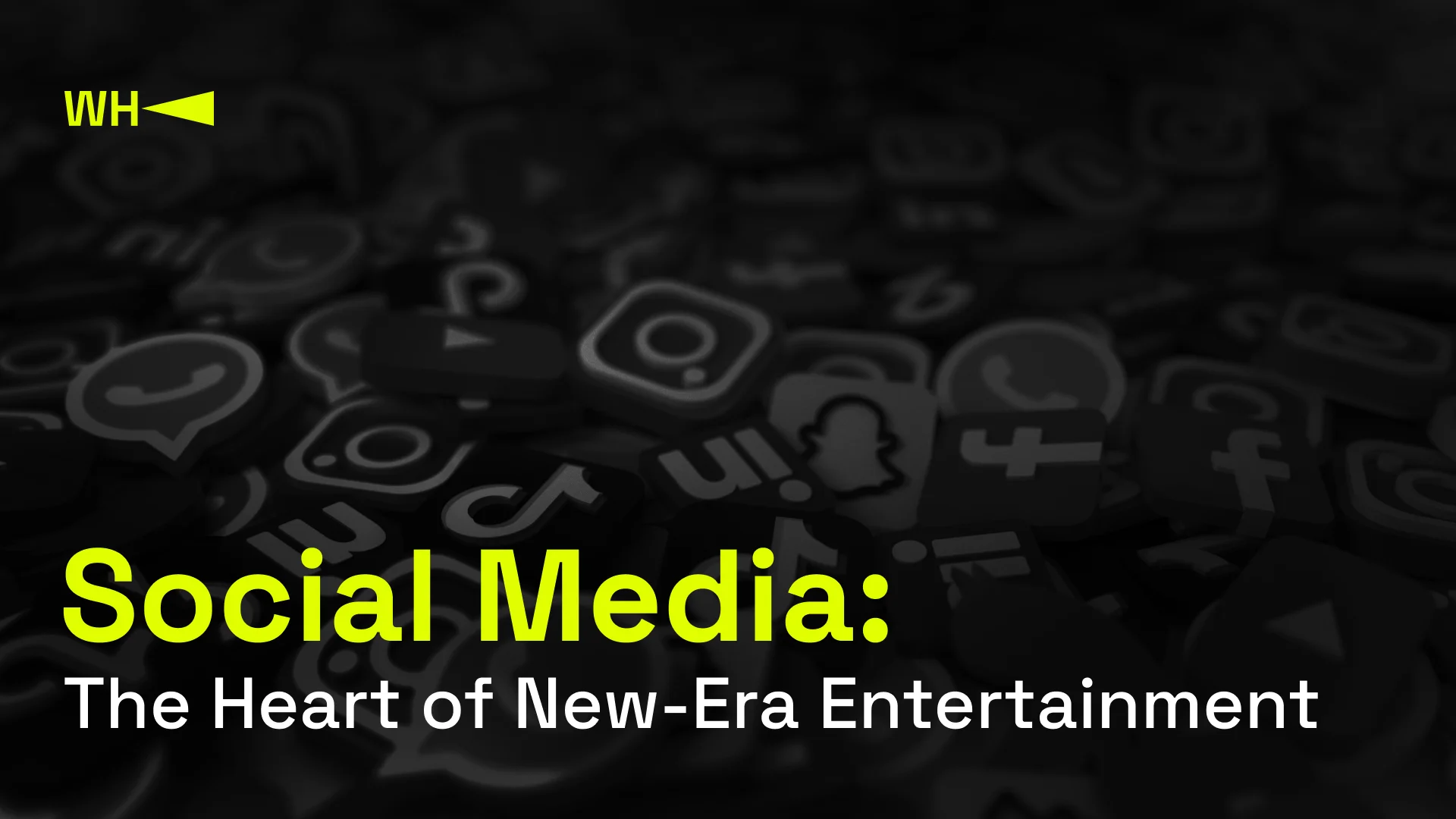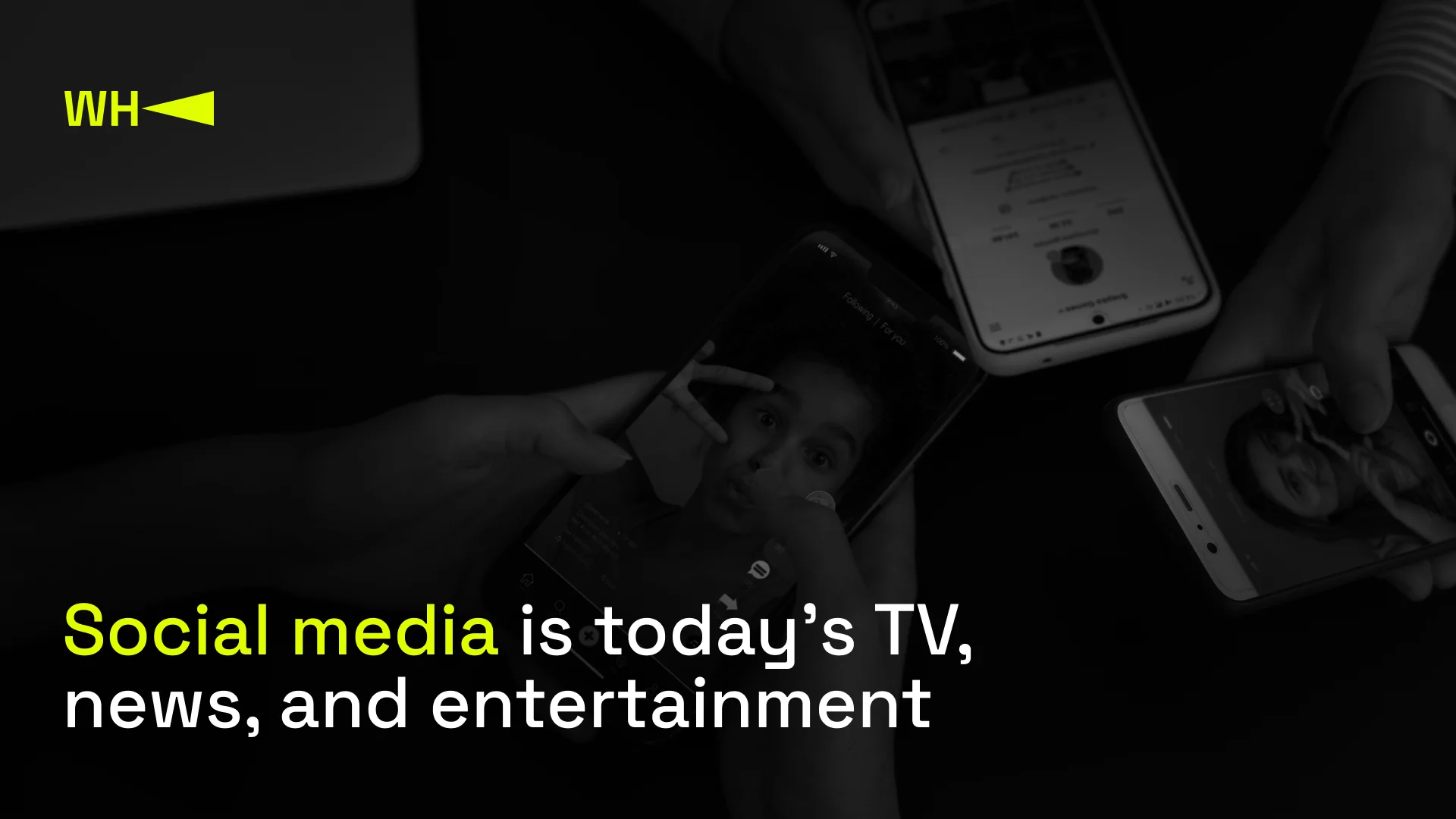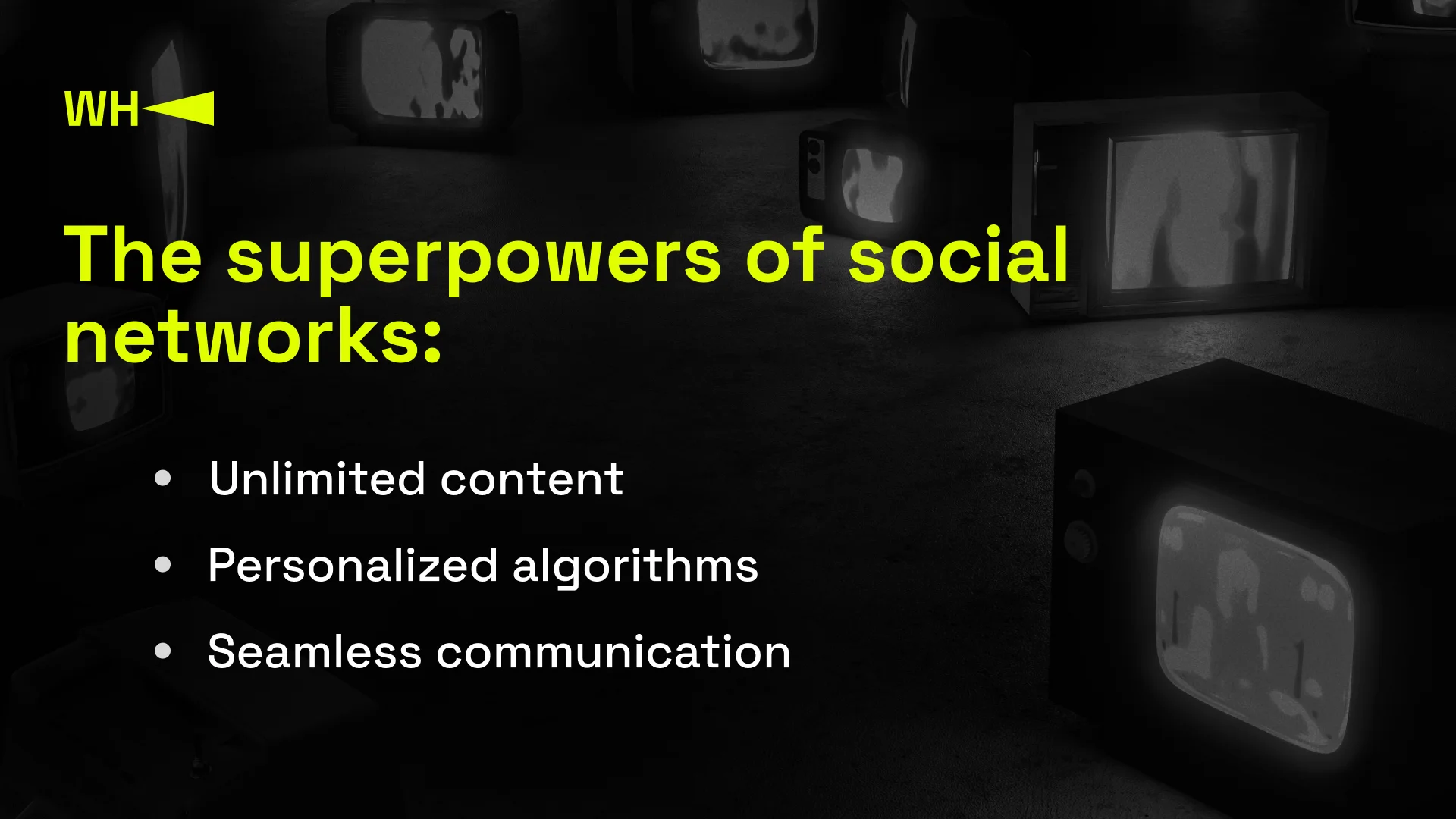Jan. 26, 2024
Social Media: The Heart of New-Era Entertainment

4 min read
More than half of the world’s population is active on social media, spending an average of about two hours every day scrolling. If before, people would register on a couple of social networking websites, now a user has about eight or nine accounts. YouTube, X (formerly Twitter), Instagram, Facebook, LinkedIn, and Snapchat are just some of the most popular platforms that millions of users visit day to day.
According to Deloitte, 40% of Americans watch more user-generated content on social media than movies and television on streaming services. Social media has become the television of the 21st century. If we compare such giants as Netflix and YouTube, according to a survey by Piper Sandler, teenagers prefer content from the latter. Of course, the difference is small, but this fact will definitely affect streaming services’ strategies. For example, content creators can promote long-form content through short videos on socials.
Also, social media is one of the most popular information sources among the young generation. They may contain loads of fake news, but many users still check the feed to stay up to date. It is the place to find out about your favorite band’s concert as soon as it posts the announcement, about the latest news story when reposted by someone you trust, etc. In 2016, the Reuters Institute Digital News Report concluded that 33% of respondents prefer social media as a news source. In 2017, a study from the Pew Research Center demonstrated that 72% of Twitter (now X) users were getting news from the social network.
Social media has not just become a new entertainment sector but has completely overhauled the landscape of the entire industry. It offers new types of content, formats, and faces. Content creators, influencers, vloggers, and bloggers have become celebrities of the new era. Every day, there are more and more of them, and according to statistics, seven out of 10 follow at least one online personality on social networks. Social platforms provide what traditional media couldn’t — two-way communication. Influencers respond to comments, hold live streams, and arrange Q&A sessions to be in constant contact with fans.
The superpowers of social networks
UGC offers much more
Firstly, social networks are built on user-generated content. Typically, UGC are bite-sized pieces that are easy to consume. For example, the average length of a TikTok video is 15 seconds — that means that in as little as a minute, a user can watch four different videos on four different topics from various creators. Social media offers piles of assorted, out-of-the-box content that is easy to access, consume, and assess. YouTube alone offers 720,000 hours of fresh video materials per day — streaming companies just can’t compete in quantity.
Personal touch
TikTok, Instagram, and YouTube algorithms are automatic and probably AI-powered, but what’s really important is that they work. The more a viewer uses a particular social network, the more data the platform collects in order to offer them something they will like. The most exciting thing is that the user doesn’t need to do anything special to receive personalized content. The platform monitors everything — likes, how long you spent viewing a post, whether you share it, comment on it, etc. — and uses any action for analysis. Based on this data, social media offers ads better suited to the user’s preferences.
Boundless connection
After all, social media connects everyone with everyone: consumers and content creators, clients and brands. Social media allows two-way communication between anyone, without borders. Platforms are a simple and straightforward way to obtain information from any corner of the world. On average, people check their smartphones 150 times a day to ensure they stay connected, are up to date with the latest events, and get their dose of entertainment.
Back in the day, each entertainment industry player catered to specific needs — streaming services stood for TV shows and movies, news media helped to stay informed, and messengers were for communication. However, the landscape has changed, and now people are seeking an all-in-one solution, which looks a lot like social media.
Instagram, X, Facebook, YouTube, and many other networks became a unique tool for people to consume content of all sizes and topics, share it with friends and followers, and engage with other people and brands. Adapting to the changing world of new-era entertainment, services are adopting a social-first approach aiming to capture the attention of consumers, especially Gen Z and millennials.


Social media is today’s TV, news, and entertainment